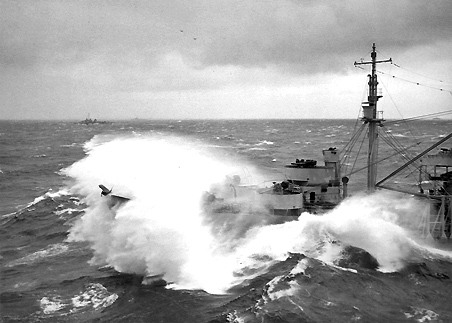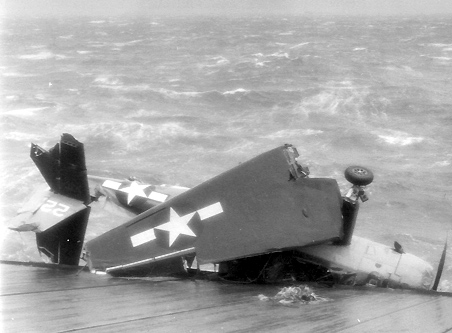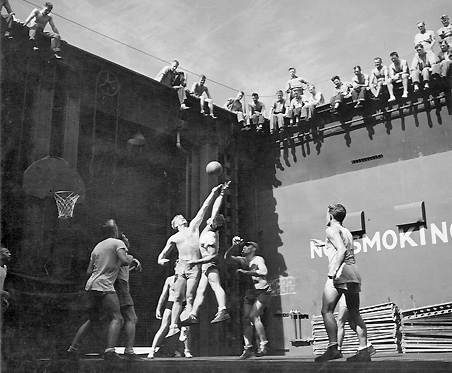|
|
||||||||||||||||||||||||
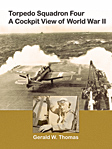 |
||||||||||||||||||||||||
|
|
||||||||||||||||||||||||
|
||||||||||||||||||||||||
|
|
||||||||||||||||||||||||
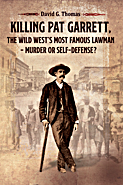 |
||||||||||||||||||||||||
 |
||||||||||||||||||||||||
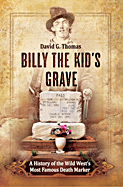 |
||||||||||||||||||||||||
|
|
||||||||||||||||||||||||
|
||||||||||||||||||||||||||
|
Halsey`s Typhoon |
||||||||||||||||||||||||||
|
Book Review by Gerald W. Thomas, VT-4 |
||||||||||||||||||||||||||
|
This book, released in 2006 by the Atlantic Monthly Press, is a valuable supplement to the 1981 book by Captain C. Raymond Calhoun entitled Typhoon: The Other Enemy. The Calhoun book presents a vivid account of the typhoon from the standpoint of the captain of one of the ships, the USS Dewey. This new account by Drury and Clavin presents interviews and experiences of individual seamen and survivors of the tragedy. Taken together, the two books take the reader into the heart of this ferocious storm with all of the excitement and fear of the many who faced death or drowning. The USS Hull, battling 90-foot waves and 150 mph winds, was tossed from crest to trough until it eventually turned over. The USS Spense absorbed so much punishment that it literally breaks in half. The USS Monaghan implodes on itself taking more than 90% of its crew to the seabed. Many sailors below decks had no way of escaping as the ships capsized.
On the aircraft carriers, planes were torn loose from their tie-down lines and hurled across the flight and hanger decks. The USS Cowpens reported fire raging across the hanger deck-doused only when waves swept into the area. The USS San Jacinto rolled so precipitously that the skipper saw the carriers screws in the air. Pilots were ordered to abandon the Ready Room. Planes broke free and ran amok.
On January 3, 1945 a Naval Court of Inquiry was assembled in Ulithi to evaluate the damage and actions taken by personnel during the typhoon. The Court found that the losses of the Hull and Monaghan were due primarily to the inherent instability of the top-heavy Farragut-class destroyers. The Court attached no blame for damage or loss of aircraft on carriers to their commanders. The fleet aerologist, Cmdr Kosco was mildly admonished for relying too greatly on far-off weather reports. Finally, the Court placed much liability on the actions of Admiral Halsey. However, Admiral Nimitz mitigated the Court's findings by stating that Halsey`s mistakes "were errors of judgement committed under stress of war operations and stemming from a commendable desire to meet military requirements." Most of us in Air Group4, with little knowledge of the Court of Inquiry or the decision-making process for higher levels of command, continued to identify our Task Force leader "Bull" Halsey as our "fighting Admiral." We welcomed his enthusiasm and leadership in a time of war. Photos provided by Atlantic Monthly Press, publisher of Halsey´s Typhoon, The True Story of a Fighting Admiral, an Epic Storm, and an Untold Rescue. |
||||||||||||||||||||||||||
|
Air Group 4 - "Casablanca to Tokyo" |
||||||||||||||||||||||||||
|
|
||||||||||||||||||||||||||


